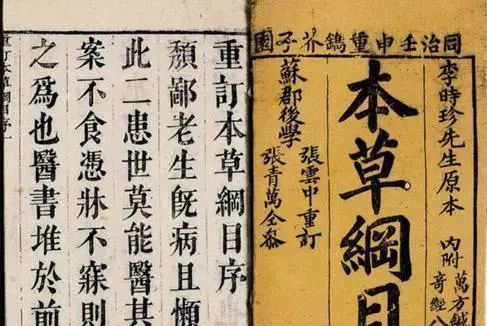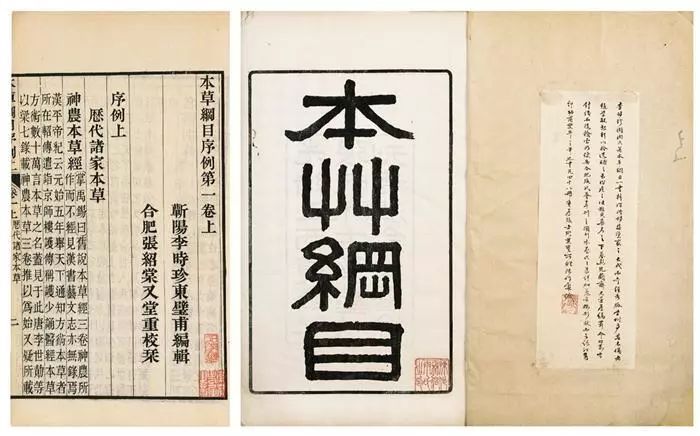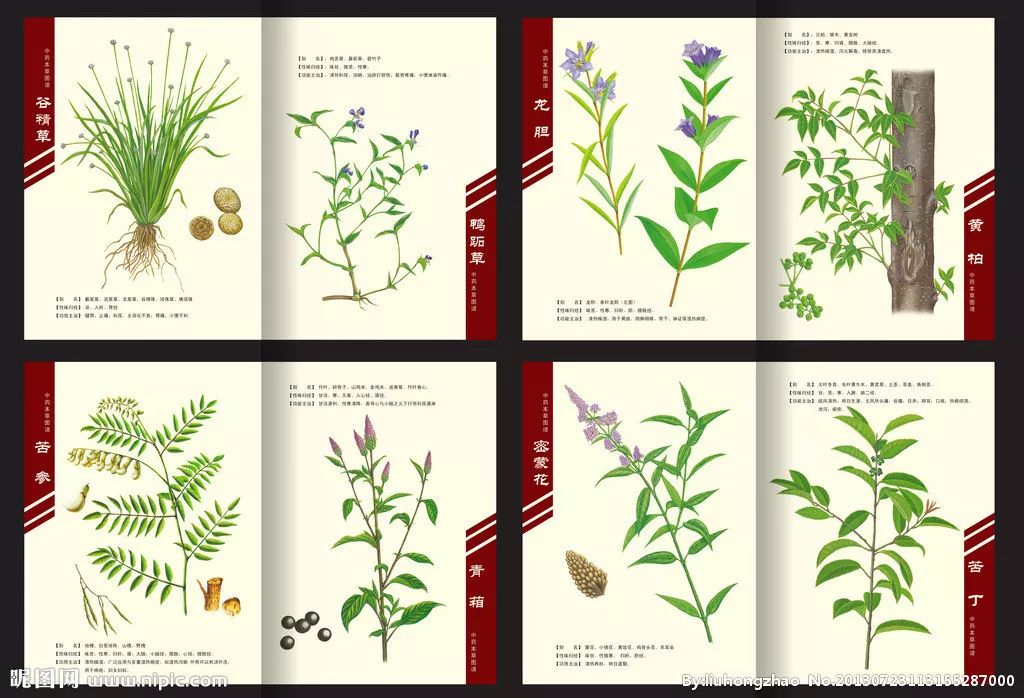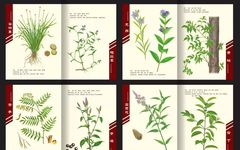01


Bencao Gangmu (本草纲目) was completed in 1550 BC, consisting of fifty-two volumes. The author spent nearly thirty years compiling it, including 1,892 types of medicinal substances and over 1,000 illustrations of herbs, elaborating on the properties, therapeutic effects, usage rules, origins, forms, collection, processing, and compatibility of these substances, along with over 10,000 prescriptions. This book has been fully translated or partially translated into multiple languages including Korean, Japanese, English, French, and German. It represents the culmination of pharmacological achievements in China before the 16th century.
02

The book not only corrected several errors in past herbal studies but also integrated a vast amount of scientific data, proposing a more scientific classification method for medicinal substances, incorporating advanced biological evolutionary ideas, and reflecting rich clinical practices. It is also a work of natural history with a global impact.
When evaluating Li Shizhen’s Bencao Gangmu, we often quote Darwin’s praise. This great biologist mentioned the “ancient Chinese encyclopedia” multiple times in works such as On the Origin of Species, most of which refer to Bencao Gangmu.
03
Its achievements primarily lie in changing the original classification method of medicinal substances from the three-tier system of upper, middle, and lower grades to a scientific classification of “analyzing families and categorizing types”. It classifies medicinal substances into mineral medicines, plant medicines, and animal medicines. Mineral medicines are further divided into four categories: metals, jade, stones, and salts. Plant medicines are classified into five categories based on their properties, forms, and growing environments: herbs, grains, vegetables, fruits, and trees; herbs are further divided into subcategories such as mountain herbs, fragrant herbs, awakening herbs, poisonous herbs, aquatic herbs, climbing herbs, and stone herbs. Animal medicines are arranged in an evolutionary order from lower to higher forms: insects, scales, shells, birds, beasts, and humans, along with a category for tools. This classification method transitions to a system based on natural evolution. From inorganic to organic, from simple to complex, and from lower to higher, this classification clearly embodies the idea of biological evolution, which was highly regarded by Darwin. Darwin cited information from Bencao Gangmu regarding seven breeds of chickens and the domestication of goldfish in his book Variation Under Domestication. Notably, the scientific classification of plants predates that of the Swedish taxonomist Linnaeus by two hundred years.
Long
According
Note
Source

Source: Baidu
Editor: Li Xinge
Reviewer: Diao Qun
Auditor: Yang Xiuling

